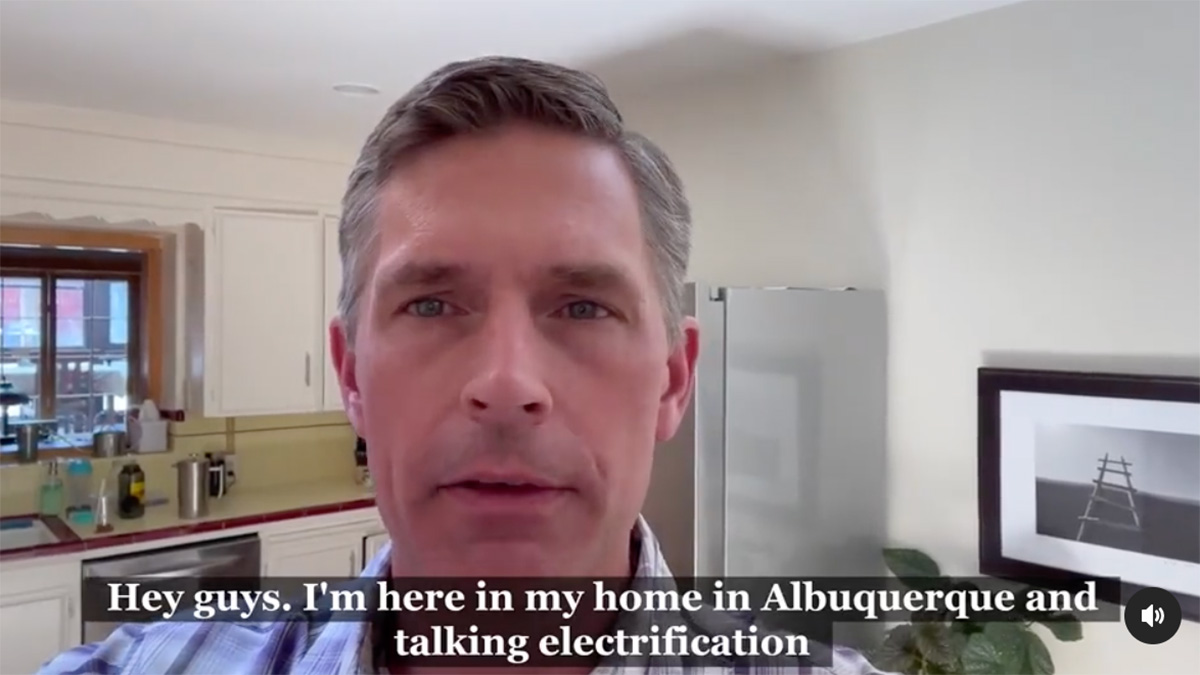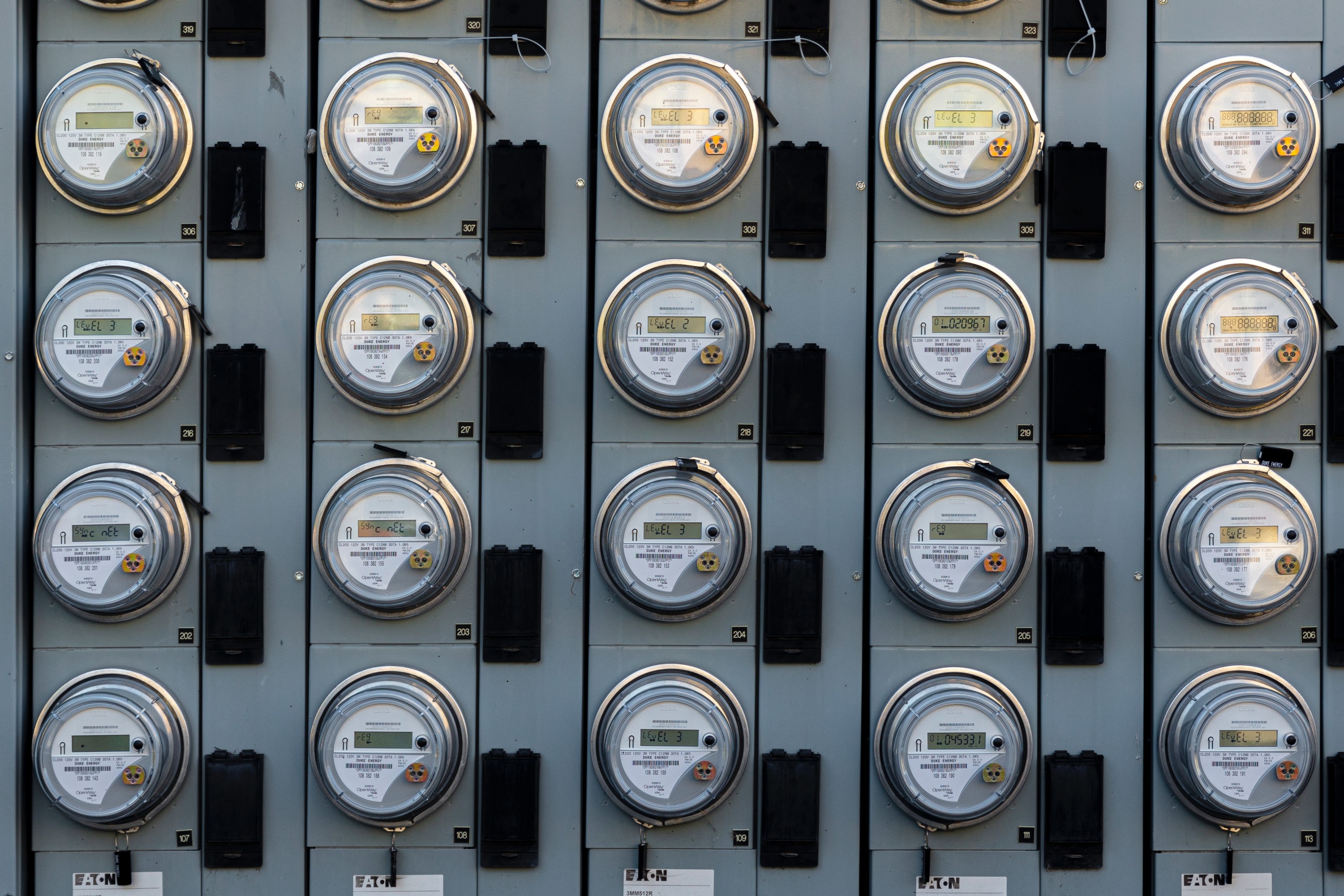
Oceans Under the Gun: Living Seas or Drilling Seas?
In the long debate about outer continental shelf (OCS) drilling, policy makers and the public have typically focused on how much more oil or natural gas would be produced, how much more tax revenue would be collected and how many new jobs would be created if the nation expanded areas available for drilling. One set of issues, a critical set from the standpoint of healthy oceans, that has largely been ignored is the marine resources and sustainable activities that would be subjected to potential harm from new offshore drilling. For the first time, this report collects comprehensive information about what’s at risk in the ocean and on our precious coasts should offshore drilling be expanded to areas like the eastern Gulf of Mexico, the Atlantic Ocean or the Pacific coast.
Downloads
Environment America Research & Policy Center
Executive Summary
In the long debate about outer continental shelf (OCS) drilling, policy makers and the public have typically focused on how much more oil or natural gas would be produced, how much more tax revenue would be collected and how many new jobs would be created if the nation expanded areas available for drilling. One set of issues, a critical set from the standpoint of healthy oceans, that has largely been ignored is the marine resources and sustainable activities that would be subjected to potential harm from new offshore drilling. For the first time, this report collects comprehensive information about what’s at risk in the ocean and on our precious coasts should offshore drilling be expanded to areas like the eastern Gulf of Mexico, the Atlantic Ocean or the Pacific coast.
The report includes an overview of the marine and coastal environment in each Minerals Management Service (MMS) planning area including special marine ecosystems, unique coastal places and parks, extraordinary marine life and the value of coastal recreation and fishing (commercial and recreational) for each state within the MMS region. For each MMS planning region, the report compares the annual value of sustainable activities like tourism and fishing to the value of estimated oil and natural gas resources in the region.
Table 1. Annual Value of Sustainable Ocean Actitivities versus Oil and Gas Extraction by Region (Annual Value in $Billions)
Planning Area
Sustainable Activities*
Nonrenewable Oil and Gas Extraction**
Ratio of Sustainable dollars to Oil & Gas Value
North Atlantic (ME, NH, MA, RI, CT, NY, NJ)
$61.2
$5.1
12
Mid-Atlantic (DE, MD, VA, NC)
$13.6
$3.7
3.7
South Atlantic (SC, GA, FL east)
$25.0
$1.2
20.8
eastern Gulf (FL west)
$14.4
$10.1
1.4
West & Central gulf (AL, MS, LA, TX)
$17.4
$120.7
0.14
Pacific Coast (CA, OR, WA)
$65.5
$23.1
2.8
Total
$197.1
$163.9
NA
* Annual Value of Coastal County Hospitality Industry, Commercial Fishing and Recreational Saltwater Fishing from Appendix 1. No economic multiplier effect added to coastal county tourism or commercial fishing
** Annual Value of Estimated Oil and Natural Gas using MMS estimates and spring 2009 prices. Assumes even production over 25 year average field life without discounting cash flow.
Note: See Appendix 1 for State by State values for coastal tourism, commercial fishing and recreational fishing.
The table above clearly shows that for most planning regions other than the Central and Western Gulf of Mexico, the annual economic value of sustainable activities like 2 coastal recreation and fishing, which depend on clean water and clean beaches, is somewhat larger, sometimes by an order of magnitude, than the estimated annual value of oil and gas production from that region.
Specifically, the annual value of sustainable activities is roughly between 1.5 to 20 times larger than the value of oil and gas production for each region with the exception of parts of the Gulf of Mexico where approximately 20 percent of U.S. oil and gas is produced. In the Eastern Gulf of Mexico, the most hotly contested area for new drilling, sustainable businesses and jobs generate almost one and a half times (140 percent) the value that new oil and gas drilling would.
What is the significance of this comparison? Simply this: since, oil and gas exploration and production continue to be dirty and dangerous activities which pollute the ocean, industrialize the coast and degrade estuary ecosystems like Louisiana’s, good economic policy should tilt in favor of sustainable uses of the ocean rather than the extraction of oil and gas because sustainable uses yield more economic and environmental benefits. Good energy and climate change policy would also favor the use of oceans for renewable wind and wave energy, not oil and gas production.
Recent reports on blue carbon, that is, the ability of the oceans and certain coastal ecosystems to fix atmospheric carbon and store it for very long periods of time as long as they are not degraded, emphasize the global importance of healthy oceans and preserving marshes, mangroves, sea grasses and other stuarine environments. Our estimates of the value of coastal dependent businesses obviously do not include the value of the ecosystems services that these places provide. If calculated and added in, the ratio of sustainable activity to oil and gas value would be even more lopsided.
While not the detailed subject of this report, numerous reports detail damages from oil and gas exploration, drilling, production and refining. These activities are not compatible with healthy oceans, beaches or coasts. Catastrophic oil spills from platforms, pipelines, tankers/barges and from onshore facilities occur often enough to raise grave concerns.
Chronic pollution from produced water, the water that is often brought up with oil and gas, and dumped into the ocean is also a problem. Drilling itself releases toxic drilling mud into the marine environment. Oil and gas exploration requires seismic surveys of tens of millions of acres of ocean using very high sound levels that hurt fish and marine mammals. If we wish to preserve sustainable activities like coastal recreation and fishing and the economic value these activities produce, we must then keep the nonrenewable activities like oil and gas production out of new areas of the ocean.
Topics
Find Out More


Clean cooking tips from Sen. Heinrich

How to get more from state energy efficiency programs

